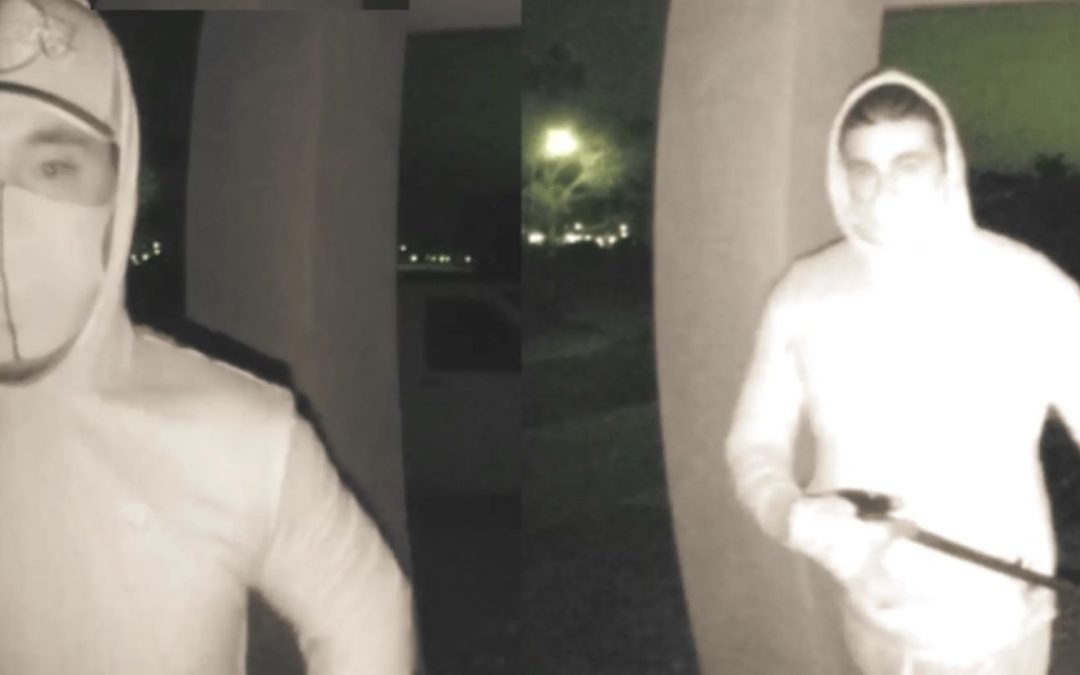As predictable as night follows day, all the pundits have raised their heads in condemning locking serious juvenile offenders up on remand to ensure they face court for their alleged crimes while preventing the commission of further crimes.
Be under no illusion the chances of a 10-year-old being held on remand is next to zero, as is any child. A child will have to do more than commit just one offence before the new bail laws take effect, remembering that the vast majority of young people coming before a court have already received multiple formal cautions by Police under the police diversion strategy before Police charge them and take them to court for repeated offences.
Although they may have committed more than one offence and received multiple cautions, they come before the Court as a first offender, and the cautions are not used against them.
A proper reform would be for the Police Cautions to be included in the matters put before the judiciary when deciding penalties or applications for bail – the judiciary should be fully informed.
It is not the locking up that is the problem per se; it is what is done in the management of juveniles in detention, and that needs a considerable shakeup or perhaps the complete removal of current practices on the basis they have and will continue to fail.
It is often said that to lock up a child will make them worse, but worse than what?
If they come out of detention worse, there is only one culprit: poor management of the child while detained.
The pundits reported on in The Age, March 16, are the Australian Medical Association, the Royal Australian College of General Practitioners, the Australian Human Rights Commissioner, Victoria‘s Principal Commissioner for Children and Young People, Liana Buchanan, and the Commissioner for Aboriginal Children and Young People, Meena Sing. If they round out the people the government relies on for advice, it is no wonder we are in despair with the youths.
There would be grave doubt that any of these people had ever dealt with recidivists, so their opinion is purely academic and void of pragmatism because they don’t know.
However, the real standout was Victoria‘s Principal Commissioner for Children and Young People, Liana Buchanan, and Commissioner for Aboriginal Children and Young People, Meena Sing, who were motivated to issue a joint statement.
“We understand that Victorians want to feel safe and that particular cases profiled in the media have impacted that sense of safety,” they said. “However, we are concerned the bail reforms proposed by the Victorian government will radically increase the number of children remanded in custody and will not make the community safer.
This may also indicate where the problems are for young people.
These two allegedly esteemed bureaucrats took the tried and tested method of deflecting responsibility by blaming the media,
‘…the particular cases profiled in the media have impacted that sense of safety’, they said, referring to the community angst.
Sorry, but it is not the media causing the mayhem; it is those children supposedly represented but government agencies who cause the lack of safety in the community.
The alternate view of these laws reeks of defending failed functions.
Followed by
“Instead of sweeping laws to toughen bail tests, we want to see investment in assessments, interventions and supports that will tackle the drivers of each child’s offending and effectively support rehabilitation.”
Sadly, those quoted and like thinkers have followed this path for a decade or more, and where that has got us? Because of this fanciful failed approach, hundreds, if not thousands, of children, have lives ruined and the lives of many other citizens because pragmatic and effective strategies have not been employed.
There is an urgent need to improve the standard of care while children are in detention to make the experience of value to them so that they may see the error of their ways. That does not mean enjoyable.
The discipline they need to make their way in society must be foremost in their learning.
Above all else, understand the Bail Laws are not talking about a sentence where the child must stand to account for their misdeeds, but Remand, is a process to ensure they attend Court for their hearing and lose the right to bail because of their continued offending creating the need to protect the community.
It was also reported that for
“Jacinta Allan, Police Minister Anthony Carbines, Attorney-General Sonya Kilkenny, Department of Justice Secretary Kate Houghton and a dozen or so ministerial and departmental advisers, it was a long weekend of a very different kind.
All day Saturday, Sunday, Labour Day Monday and right up until midday on Tuesday when Cabinet was due to meet to consider proposed changes to Victoria’s bail laws, this working group was sweating over the final shape and details of the reforms”.
The Ministers could have saved the sweat by getting a new lot of advisers, as this current lot were not helpful.
It was also reported that,
“A current Senate inquiry into youth justice cites Victoria as an exemplar jurisdiction because it incarcerates children at a lower rate than any other state in Australia. The inquiry heard evidence that on any given night, there were on average 88 children in detention in Victoria, compared to 240 in NSW and 317 in Queensland”. – The Age
This is the problem exposed. Not only is it a fallacy to assume that there is less of a crime problem in Victoria, we know there is not; however, a more useful statistic would be the number of children on remand and their recidivism rate after their legal matters are resolved.
It would be helpful to know how effectively we manage these youths and provide the opportunity to improve the process dramatically. The current regimes are failing, encouraging the judiciary not to use the process, an easy out.
This is either plain old, everyday incompetent groupthink, or worse, telling the government what they think they want to hear.
Either way, if this is the quality of the advice the government relies on, then no wonder where we are where we are with Youth Crime.
Each of these people or organisations identified should hang their collective heads in shame for getting our miscreant youth where they are.
Unfortunately, until some accountability for performance is introduced to this process, nothing will change – contributors and decision-makers are never responsible for the outcomes they promulgate.


An interesting exercise for readers would be to measure the blades on the bread and other kitchen knives in their kitchens. I would guess that most would have at least two or three ‘stay-sharp’ and other common brands as well as expensive butcher’s knives, which have blades longer than 20cm.
Now that fishermen, campers, hikers, fossickers, bushwalkers and the town/bush blocky with a few patches of weeds are likely to be excluded from possessing/using machetes, are we to assume that when the criminals resort to carrying hatchets and axes that the law abiding public will have to get a license to chop kindling for their open fire so that they can own an axe once they are banned?
What about sharp edged short spade/picks, or hammers? Or maybe long bladed screwdrivers?
You’re right it is either the quality of advice that the government is relying on that needs to be examined or the decision makers are not listening?
I can only shake my head, again, at the stupidity of the bail laws. In all sense how cannot previous offences and record NOT be considered when repeat offenders are brought to court? Irrespective of age, these repeat offenders have to be locked up in some form or as we have seen and read, they just go on and commit the same crime time after time. Why does the “law” consider the rights of these criminals before the rights of the community?